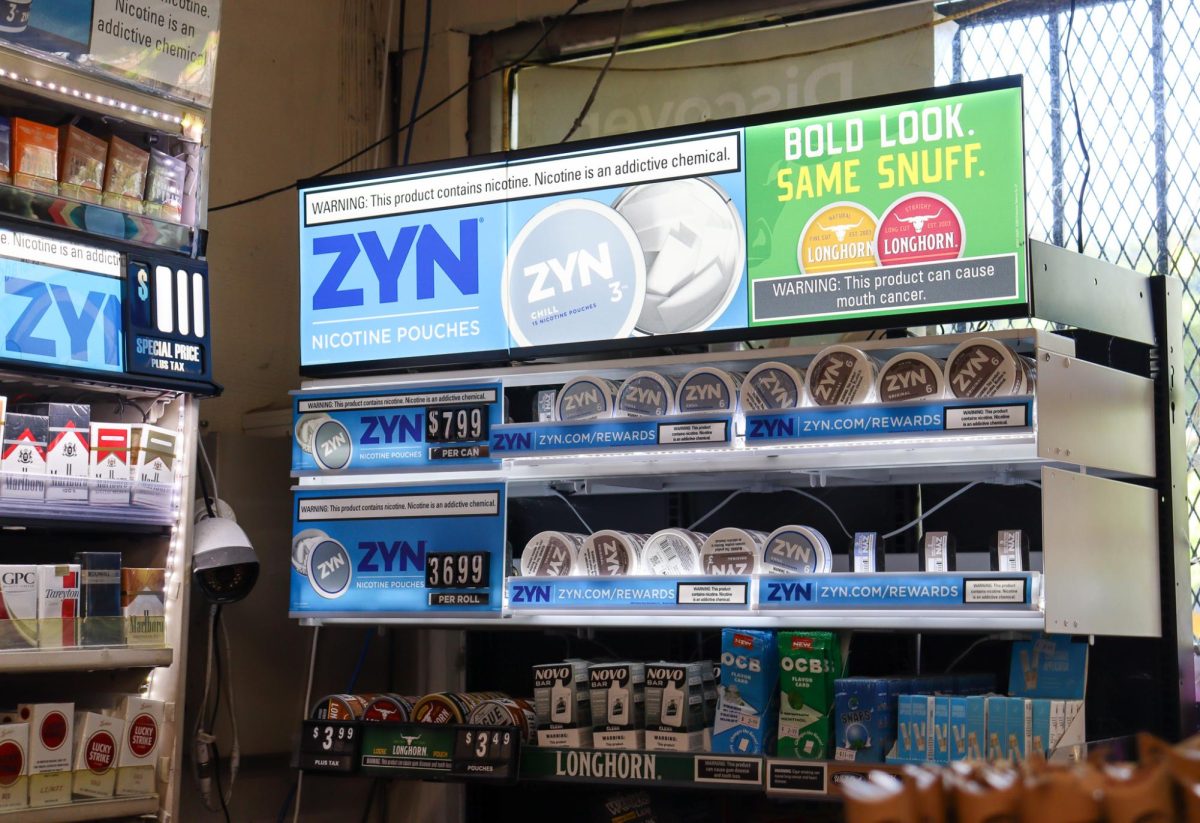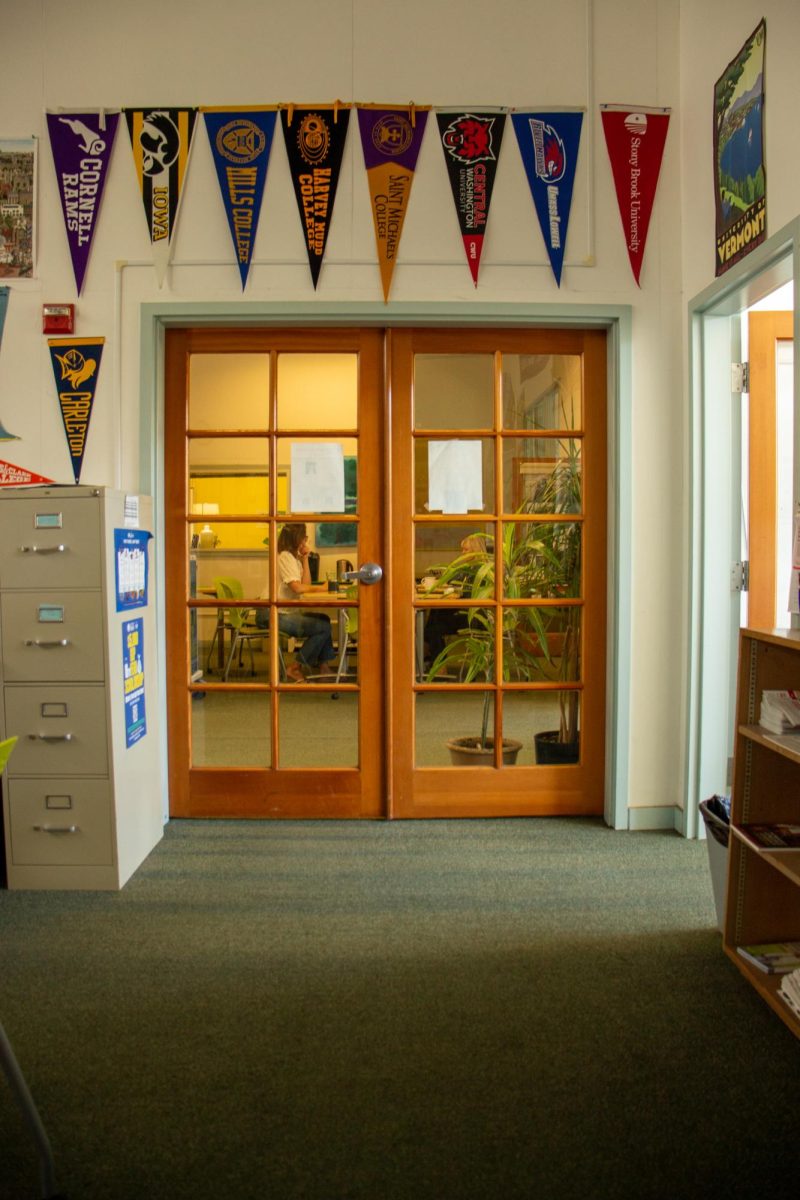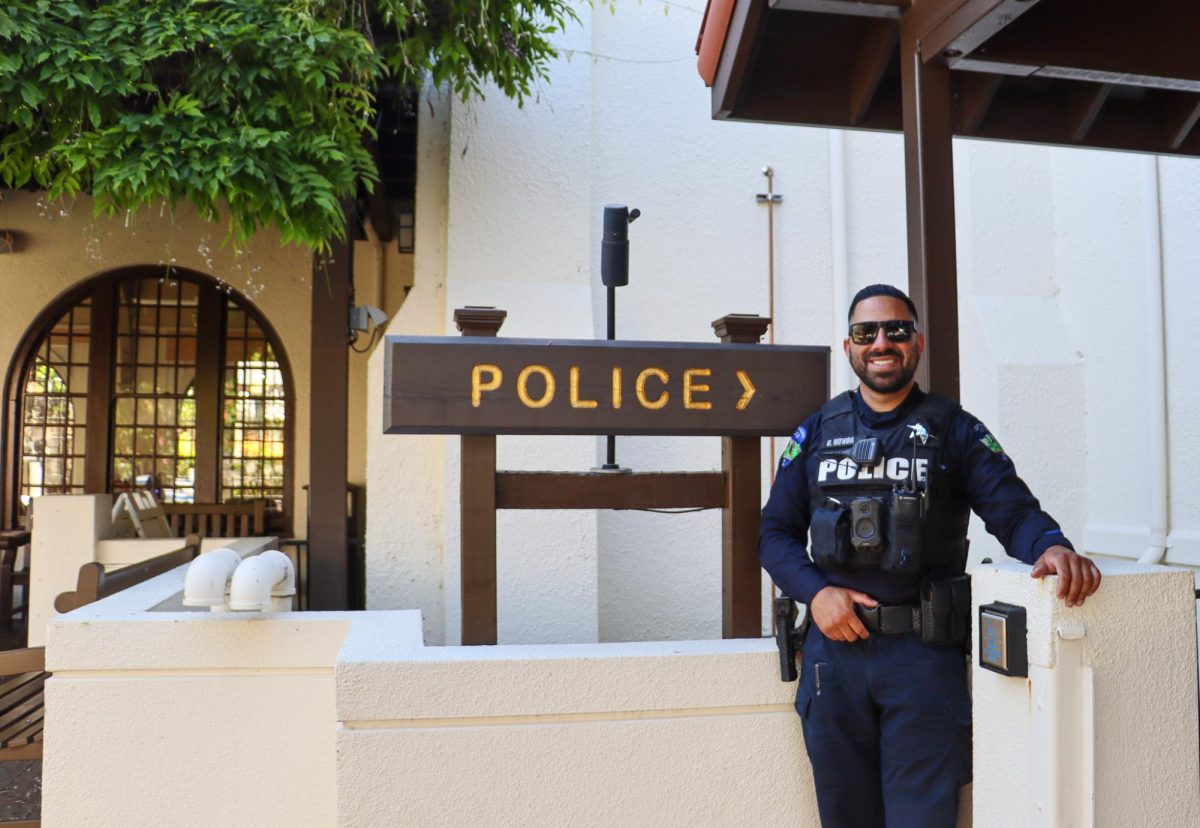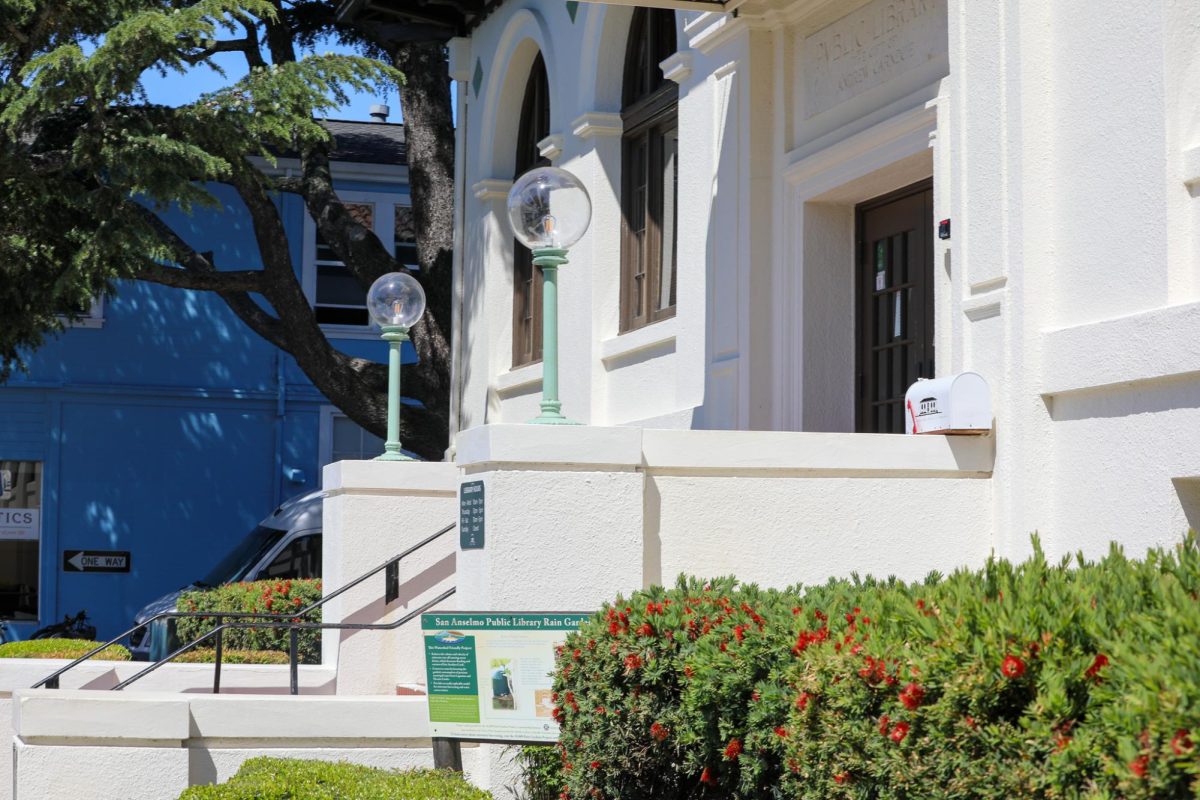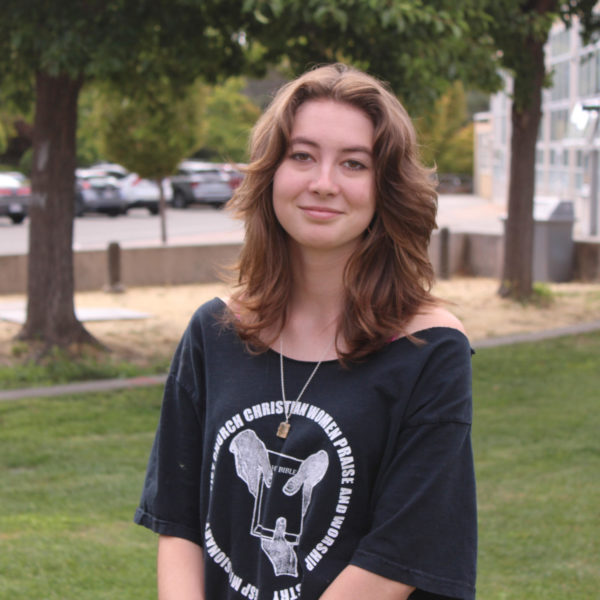On Oct. 13, 2023, Governor Gavin Newsom signed a bill that lifted all laws against lowriding in California. The bill became effective in January 2024 and is a cause for celebration for cruisers across the state. Lowriding, the practice of modifying a car by lowering its suspension and installing hydraulics, was prohibited state-wide in 1988. The ban has resulted in many arrests, and a perpetuation of the negative stigmas around lowriders.
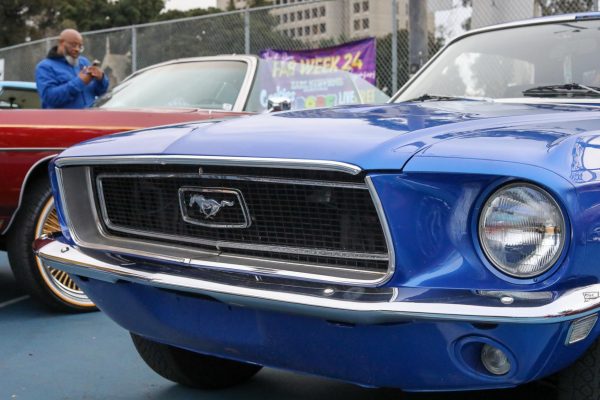
ShaVolla Rodriguez, a Sacramento native, works as the curator of two lowrider shows at The Sacramento Auto Museum. She believes that cruising and car customization are more often than not family-oriented passion projects, and a source of community for people collaborating to customize, paint, and show off their cars in shows. For Rodriguez, hearing her young daughter’s perspective on cruising inspired her to take action against the ban.
“My daughter – when she would hear that we can’t cruise, that [the police] are going to pull us over – she was just so curious as to why… We’re not speeding, we’re not hurting anybody, we’re just listening to our music, and everybody waves and smiles and loves the cars,” Rodriguez said. “How come they don’t want us here?”

Cruising, which has also been illegal since 1988, is legally defined as driving past the same point multiple times within a 6 hour period. In Sacramento, she helped repeal the city ordinance against cruising in 2022 and has since assisted other cities in California in doing the same.
“We would drive to Modesto, San Jose, all these places, to be a kind of support system,” Rodriguez said. “[And then, in 2024] it went state-wide, which has been amazing.”
Cruising and lowriding have a nuanced history that influences the perception of the practice and community today. Lowriding’s roots trace back to El Paso, Texas in the late 1930s, with the rise of pachuco culture. Young Chicano pachucos, characterized by oversized zoot suits and heavy jewelry as a nod to popular mobster culture of the time, migrated from El Paso to the West Coast throughout the 1930s and 1940s. Teens and young adults on the West Coast took up pachuco culture as an anti-conformist lifestyle during the oppressive post-WWII social climate. Some engaged in gang activity to rebel, while others rebelled through swing dancing, jazz music, and eventually lowriding.
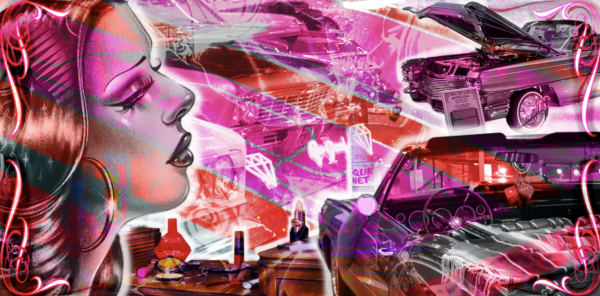
Although the exact origin of lowriding is unclear, it is known that the practice emerged around the 1940s in Southern California in pachuco and pachuco-adjacent communities. In reaction to the fast and sleek hot rods of the ‘40s and ‘50s, these communities began to ride “low and slow,” by lowering the suspension on these cars and cruising around the streets of East Los Angeles. Notably popular lowrider cars include the 1947 Cadillac Series 62, the 1941 Pontiac Torpedo, and the 1979 Lincoln Continental.
As people got more creative with their customization – by airbrushing elaborate designs, installing gold rims, and reupholstering the interior – they began to attract negative attention. At this time young Chicano men, and their lowriders, were associated with gang violence.

Lawmakers acted on these prejudices in 1956, by outlawing any part of a vehicle to go below its rims. This resulted in the birth of hydraulics on lowriders, which allowed cars to raise themselves from low to legal around police to avoid violations. Since then, hydraulics have been more elaborately modified to give drivers the ability to “hop” by quickly lifting the front of the car as high as 130 inches in the air.
Since its invention, lowriding has spread throughout California and has gained significant traction in San Francisco’s Mission District. Although lowriding has a ethnically diverse community, discrimination against young Latinos caused lowriding and cruising to continue to garner a bad reputation. In 1979, the film, Boulevard Nights, served to further associate lowriding with gang violence.
In 1988, lawmakers in California took a step further and completely banned the act of cruising altogether. Enforcing this law led to even more tension between young lowriders and the police force, and many, often violent, arrests across the state.
Despite the ban, lowriding continued to grow in popularity, and as pachucos and pachucas grew up and started families, lowriding vehicles became generational art projects.
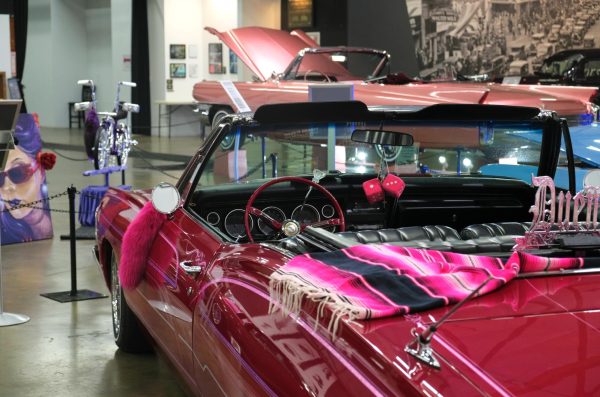
“I remember being three years old at least, waking up to my uncle pulling up with his loud music, my dad making breakfast, him throwing two little pigtails in my hair, and then sitting in the back of my uncle’s ‘52 Pontiac,” Rodriguez said, recalling her first memories of lowriding. “We would go cruise around the park and wave to all the people and see everyone, and then we’d stop and just park our car and listen to music.”
In 2022, Rodriguez curated a special lowrider exhibit for the Sacramento Auto Museum. This opportunity to have a lowrider show in an established museum helped break the negative stereotypes around lowriders within the car community.
As of February 2024, Rodriguez has an exhibition specifically about female lowriders up at the Sacramento Auto Museum, a well-known museum that showcases over 150 cars in their collection spanning many decades. Rodriguez and her daughter curated the show, highlighting stories from female lowriders, the cars of Rodriguez and her family, and tricycles to represent family inclusivity.
Jared Seese, a docent at the Sacramento Auto Museum, has noticed how the stereotypes around lowriders have changed since Rodrigez’ involvement.
“[Local lowriders] really, really have done a great job on changing their whole profile on how they’re seen,” Seese said.
Seese and another docent, Steve Meyer, agreed that anyone who works with cars can see the artistry in lowrider vehicles.
“Being a guy that works with metal all the time, I get the kind of craftsmanship you have to do to get this kind of finish, so that impresses me,” Meyer said. “That’s not my taste, but that doesn’t mean I don’t appreciate what that guy did to make that.”

According to Seese and Rodriguez, since the first lowrider show in 2022, the lowrider community and the classic car clubs have been increasingly integrated.
“[The lowriders] show up with kids and grandparents… You love to see that in car clubs,” Seese said.
Rodriguez was excited at the new connections forming between car clubs since the lowrider exhibitions and emphasized the importance of changing public perception of the lowrider community.
“I just want to build more bridges, and close the gap between communities,” Rodriguez said, “We are not a rough and tumble crowd. We’re moms, we’re dads, we’re aunts, we’re uncles, we’re grandparents, we’re very family-oriented. You can pass by anywhere anytime where lowriders are together and there’s going to be food, there’s going to be music, there’s going to be kids, and it’s going to just be a good time.”



